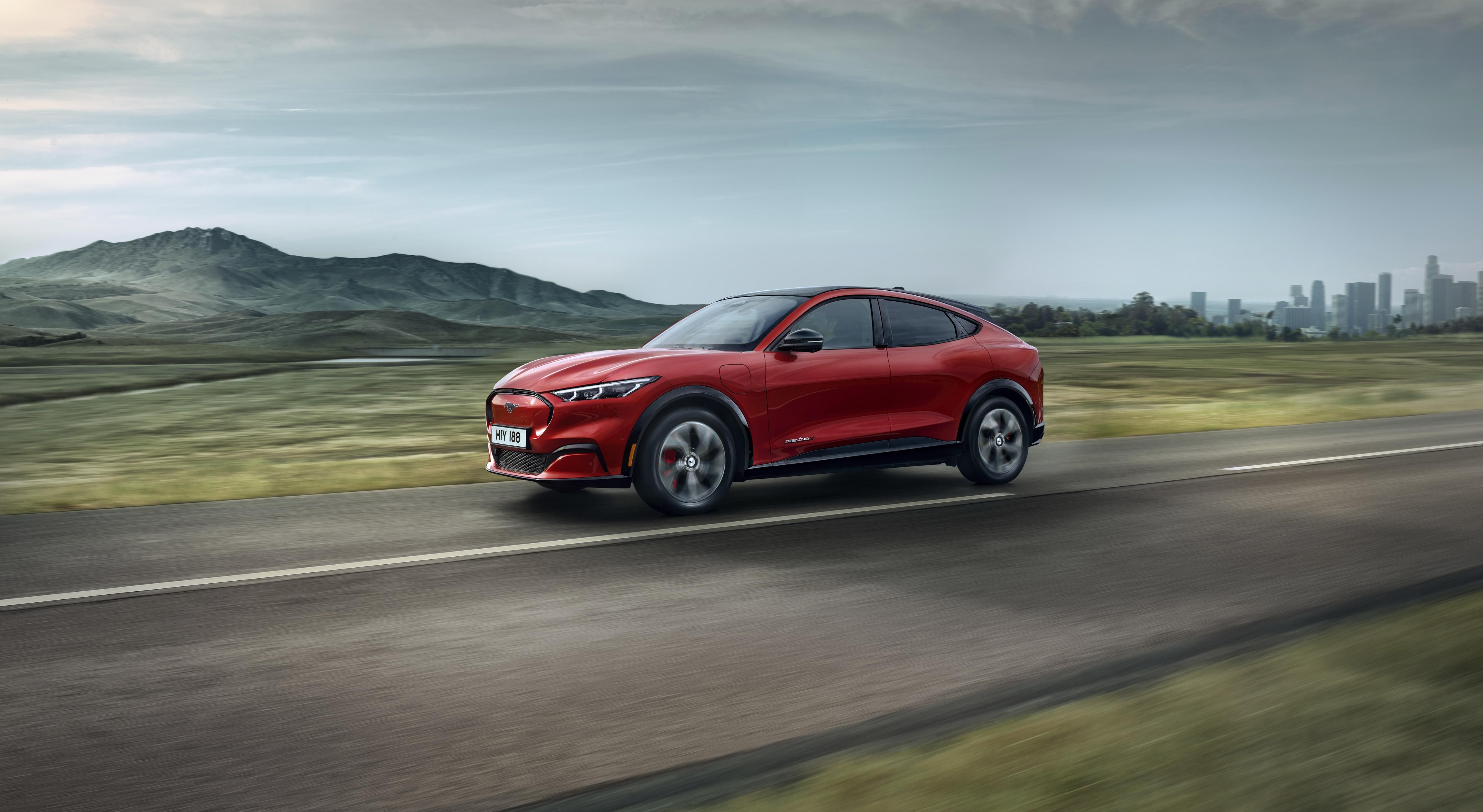Ford acknowledges Mustang Mach E ‘electric brick’ battery fault
Ford has acknowledged that some owners of its new Mustang Mach E electric car are suffering from software issues resulting in the vehicle failing to start after charging.
The issue is centered on the 12V battery, which is used to power some of the car's ancillary systems and is itself slowly charged from the main high-voltage battery pack. Despite having huge batteries to power their motors, electric cars are required to also carry a 12V battery for their low-voltage systems.
Read More:
- Car infotainment review: Ford Mustang Mach-E with Sync 4
- Ford more than doubles EV and autonomous car investment to $29 billion
- Ford to offer hands-free driving from 2021, starting with Mustang Mach-E
According to multiple posts on owners' forums, first reported by The Verge, some Mustang Mach Es are failing to top up their 12V batteries from the main battery pack.
The issue happens when the main battery is being charged, causing the 12V battery to eventually lose power. With a flat 12V battery, the Mach E cannot start or be used in any way. Owners report how the FordPass smartphone app shows the vehicle as being in "deep sleep" mode, and have dubbed the issue as the "electric brick" problem.
While the 12V battery is unlikely to go flat during a short trip to a charger, owners who leave their Mach E plugged in overnight and into the next morning are more likely to experience the fault. This is especially the case in colder climates, where the car can be left plugged into a charger while it warms its battery and cabin before being used.
Ford has acknowledged the issue and filed a technical service bulletin with the National Highway Traffic Safety Administration on March 25, stating how the issue affects some vehicles built on or before February 3, 2021. Ford notes how the issue "may be due to the parameters in the powertrain control module (PCM)."
Currently the issue can only be fixed by getting the car to a dealership, but Ford says an over-the-air software update will be made available later this year. Ford told The Verge: "We are aware that a small number of Mustang Mach-E owners have had their 12V battery reach a low voltage condition. We proactively worked with early owners experiencing this issue to identify the root cause and a fix. In the rare instances where this still occurs, customers can now contact their local EV-certified Ford dealer to have the matter resolved."
This isn't the first example of electric cars failing to keep their 12V batteries topped up. The Honda E, an electric city car sold in Europe, can lose charge in its 12V battery if the car isn't fully switched on. If only the ignition is switched on (via a press of the Start button but without pressing the brake pedal), then the car is running off its 12V battery and not the high-voltage pack. If left in this state for a long time, the 12V battery can lose charge and fail to start the car on the next attempt.
The 12V batteries of electric cars can be jump-started like those of an internal combustion vehicle. However, in EVs these tend to be difficult to reach. Some Mach E owners have reported accessing the battery and its terminals by pulling back panels until the front trunk and even cutting through plastic to gain access.
